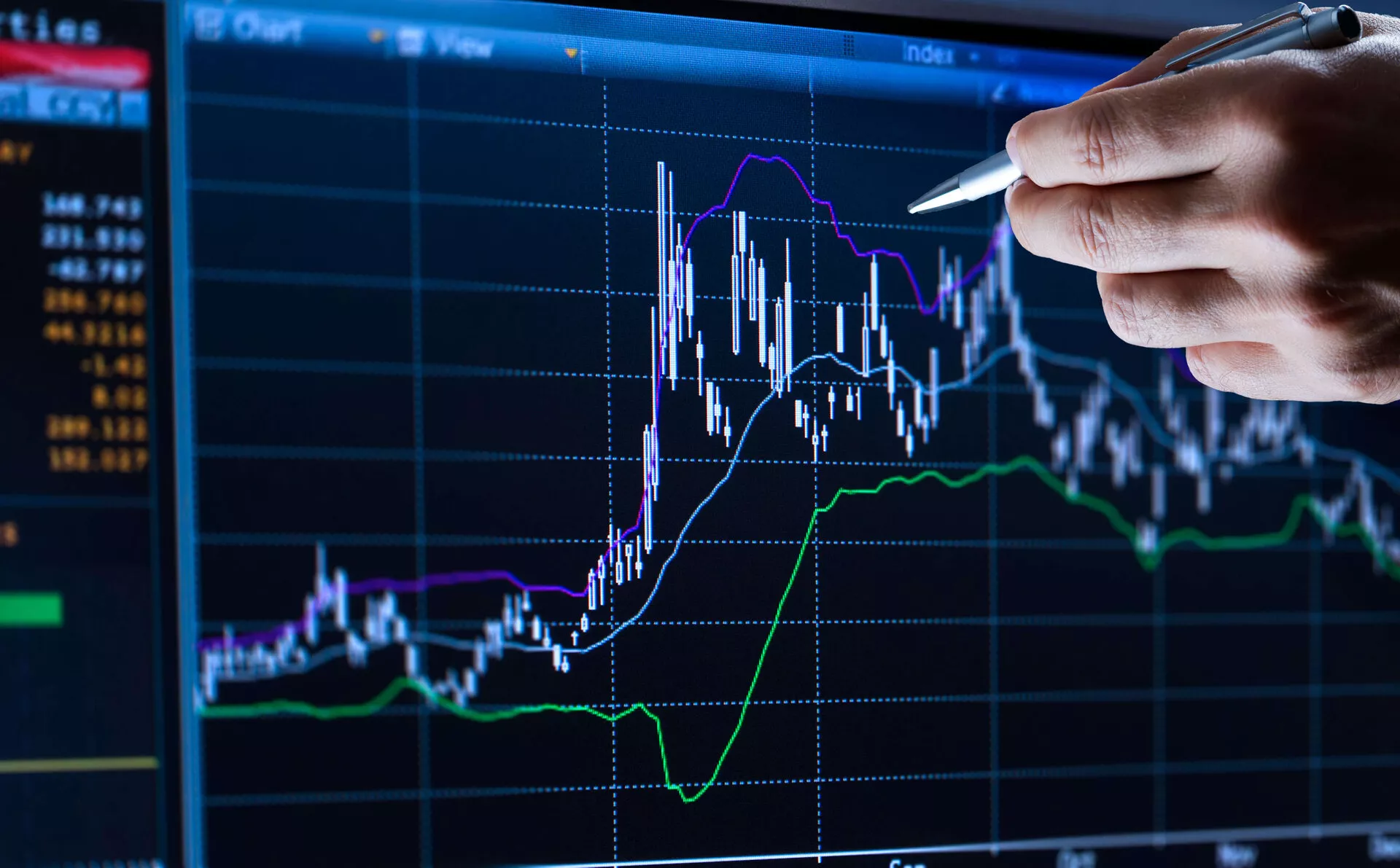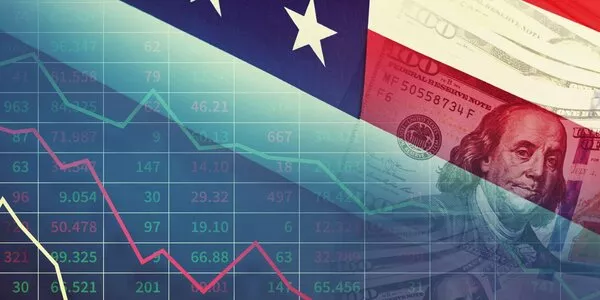
Weekly Update - “It’s Getting Better, A Little Better All the Time”
The PMI reports are monthly surveys of many thousands of businesses worldwide, covering manufacturing and services, which provide a timely measure of activity. Respondents are asked whether business has improved or deteriorated, and the results are collated on a scale of 0 to 100 so that the 50-point level marks the dividing line between expansion and contraction in activity. Needless to say, surveys plumbed historical depths last year as the pandemic unfolded and over half of the world’s inhabitants were placed in lockdown. This year, confidence is back with a bang.
In the euro zone, the May reports delivered another upside surprise compared with consensus expectations. The composite index – which covers all sectors – reached a post-pandemic high at 56.9 points, up 3.9 compared with April. The country-level surveys for France and Germany gained 6.3 and 2.9 points respectively, which implies that periphery economies like Italy and Spain must have gained around 5 points. This is corroborated by mobility indicators which show that Italy and Spain are already back at last summer’s levels, which augurs well for strong consumer spending on goods and services over the summer months.
The pickup in confidence across the region was driven by services. Here again, France delivered the largest upside surprise as the country began to exit lockdown. On the other hand, the manufacturing survey for the euro zone came out largely unchanged – down only 0.1 points versus April. Much of this softness was concentrated in Germany where industry has been quite hard hit by supply bottlenecks, notably in semiconductors. Moreover, it should be noted that the manufacturing index is distorted by the supplier delivery times subindex, which has added around 3 points to the total. This index is telling us that delivery times are much, much longer than at the peak of the previous cycle in 2018, which means that when supply chain disruptions ease, confidence levels in industry will actually decline.
In the US, the PMI reports were extremely strong too. The manufacturing survey beat expectations at 61.5 points, up from 60.5 in April, on better sentiment on production and new orders. Here, too, respondents noted swelling backlogs due to component shortages. In services, there was a huge rebound as reopening gathered a head of steam – the index hit 70.1 points, well above the 64.4 forecast. The composite index naturally followed suit reaching 68.1 points, the highest level since the post-Great Recession recovery in 2009.
It should be noted however that Q2’s PMI surveys are likely to mark the high point of the recovery. As mentioned earlier, the index is constructed by comparing the number of respondents who see improvement with those who still see a downturn. It is not surprising that the numbers are so high at this stage in the cycle when almost everyone is seeing a post-pandemic pickup. As the recovery advances, the PMI indices are likely to revert lower, as has already happened in China – the high point in their manufacturing index came last November, since when it has eased back to 54.7 points, well below the current levels in the US and the euro zone.
Bottom line. May’s PMI surveys serve to reinforce conviction in our scenario of synchronised global recovery in the second half of 2021. Moreover, inflation fears have begun to subside – a bit earlier than we expected – which has enabled bond markets to regain some of their recent lost ground. In this context, we remain convinced that equities are the most attractive asset class and we reiterate our preference for more cyclically sensitive markets like the euro zone and the UK.




